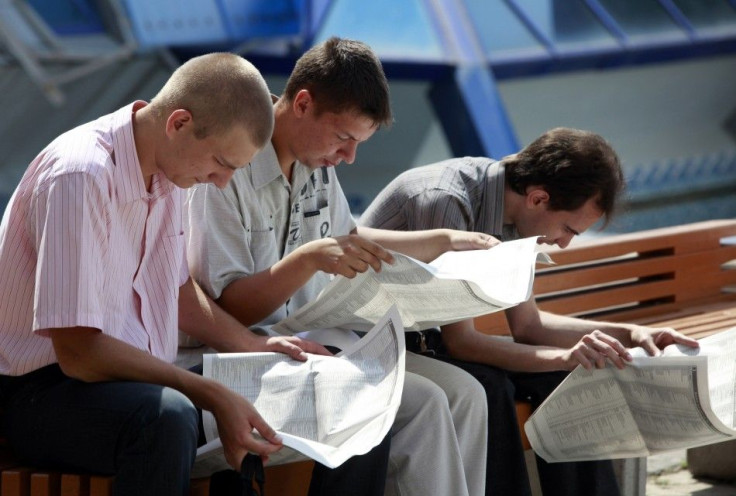U.S. Jobless Claims Rise to 377,000 on Seasonal Volatility

Claims for jobless benefits in the third week of January rose, after falling to the lowest level in nearly four years, mostly due to seasonal data volatility around the holidays. However, the gain is not expected to alter the broader trend, which suggests fewer layoffs and more hiring.
The four-week moving average of first-time applications for unemployment insurance benefits, which smoothes out the fluctuations, came in at 377,500, a decrease of 2,500 from the previous week's revised average of 380,000, according to data from the Labor Department issued Thursday in Washington.
In the week ended Jan. 21, jobless claims climbed by 21,000 to 377,000. Economists polled by Reuters called for an increase of 19,000.
Jobless claims have registered below the key 400,000 mark -- a level historically associated with an improving labor market -- for eleven consecutive weeks.
Jobless claims tend to jump around during holidays as the government has difficulties adjusting the data for seasonal swings in employment.
This week's number is distorted by seasonal adjustments because of the Martin Luther King holiday, said David Semmens, a U.S. economist at Standard Chartered Bank in New York.
What we look for is whether it's getting significantly worse because it's important that we don't have a wild swing up, Semmens said.
Continuing claims -- which include people filing for the second week of benefits or more -- rose by 88,000 to 3,554,000 in the week ended Jan. 14.
The continuing claims figure does not include the number of Americans receiving extended benefits under federal programs.
The 4-week moving average was 3,569,000, a decrease of 15,750 from the preceding week's revised average of 3,584,750.
Employers added 200,000 workers to their payrolls in December and the unemployment rate fell to 8.5 percent, the lowest level in almost three years, Labor Department reported on Jan. 6.
The U.S. Federal Reserve on Wednesday said jobless rate is expected to edge down to between 8.2 percent and 8.5 percent at the end of 2012. While slightly better than the previous forecast, the unemployment rate is still well above pre-recession levels.
© Copyright IBTimes 2024. All rights reserved.





















